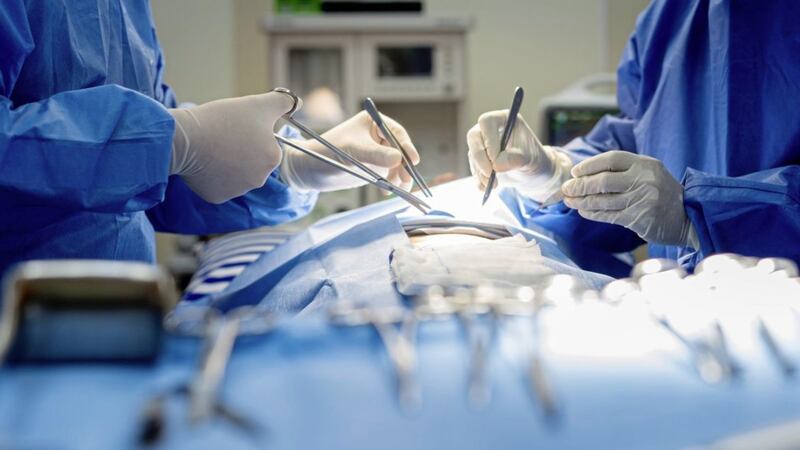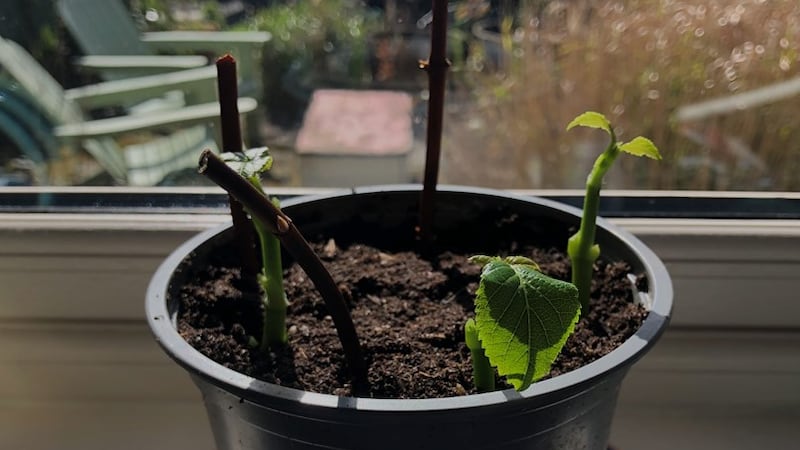A GLUE GUN could banish the need for stitches after major surgery and cut the risk of wound infection.
The hand-held device squirts hot glue on to wounds, which bonds tissue firmly together before gradually dissolving over several weeks once the wound has healed.
For centuries, doctors relied on stitches – or sutures – to close wounds, using a needle and sterile thread, usually made from materials such as silk or nylon.
The technique is used whether somebody is being treated for a minor injury, such as a cut that is unlikely to close on its own, or undergoing more invasive procedures such as open heart surgery.
More recently, the use of small metal staples has become common, particularly in major surgery, the main advantage being they are quicker to put in place.
But both techniques carry some degree of risk, most notably the danger of wound infection, as staples and stitches both penetrate the wound itself, allowing bacteria that is naturally on the skin to get inside.
Staples also need removing once the wound has healed, as do many types of stitch – which carries an extra risk of infection and means more hospital trips.
The glue gun could overcome these problems.
Medical glue has been around since the 70s. It was first developed for military purposes, to help soldiers in the field patch up wounded comrades quickly until they could get proper medical attention. Just like super glue, it bonds in seconds.
But one of the main chemicals used in medical adhesive, cyanoacrylate, can be toxic to human tissue, causing inflammation. It also tends to harden too much, reducing the elasticity of the skin or tissue and increasing the likelihood of visible scarring.
Other medical glues are made from water-based gels. These are less toxic, but do not bond with the same strength.
As a result, use of both types of medical glue is restricted to superficial skin wounds where minimal bonding is needed.
Now scientists at the Technion-Israel Institute of Technology in Haifa, Israel, have developed a new type of glue that bonds tissue as effectively as stitches, but has none of the toxicity of existing medical glues.
It contains a modified form of biodegradable polyester called polycaprolactone, which is already being investigated for use in medical implants and drug coatings, as it gradually breaks down inside the body over a period of weeks or months.
The team developed the glue in solid stick form, like those used in craft work, so it is easy to store and use (many existing glues are liquid).
Once the stick is placed into the gun (in trials they used an ordinary shop-bought glue gun) it is heated to around 45C – hot enough to turn it into a thick liquid, but not so hot that it burns healthy tissue.
As it makes contact with human tissue, it cools to body temperature – around 37C – and bonds to surrounding tissue, rapidly turning into a semi-solid substance strong enough to close wounds, but stretchy enough to allow for normal movement. The entire process takes just seconds.
During laboratory tests, the hot glue was found to produce a bond almost as strong as existing medical glues, but with none of the toxic effects, according to results reported in the journal Advanced Functional Materials.
The team is now fine-tuning the glue to improve its adhesive powers further before carrying out clinical trials on humans in the next couple of years.
© Solo dmg media



